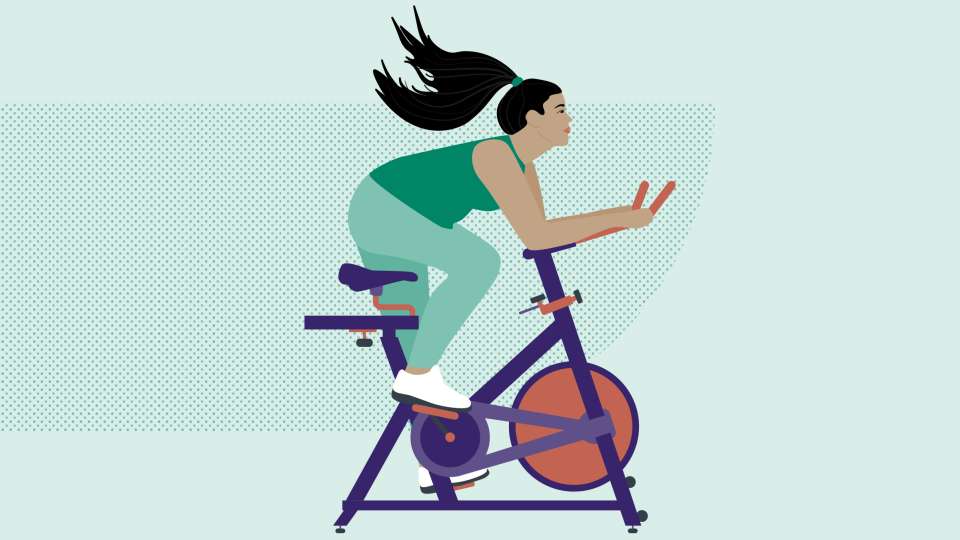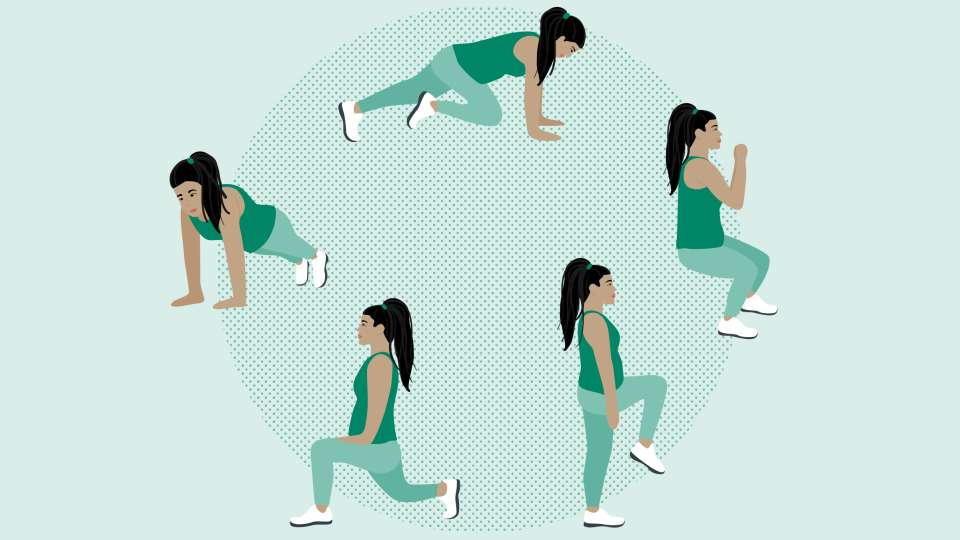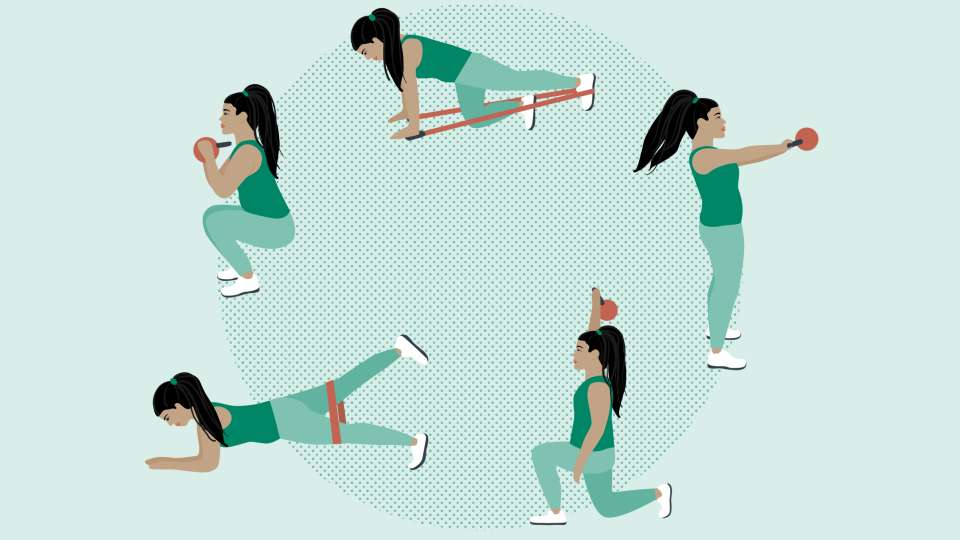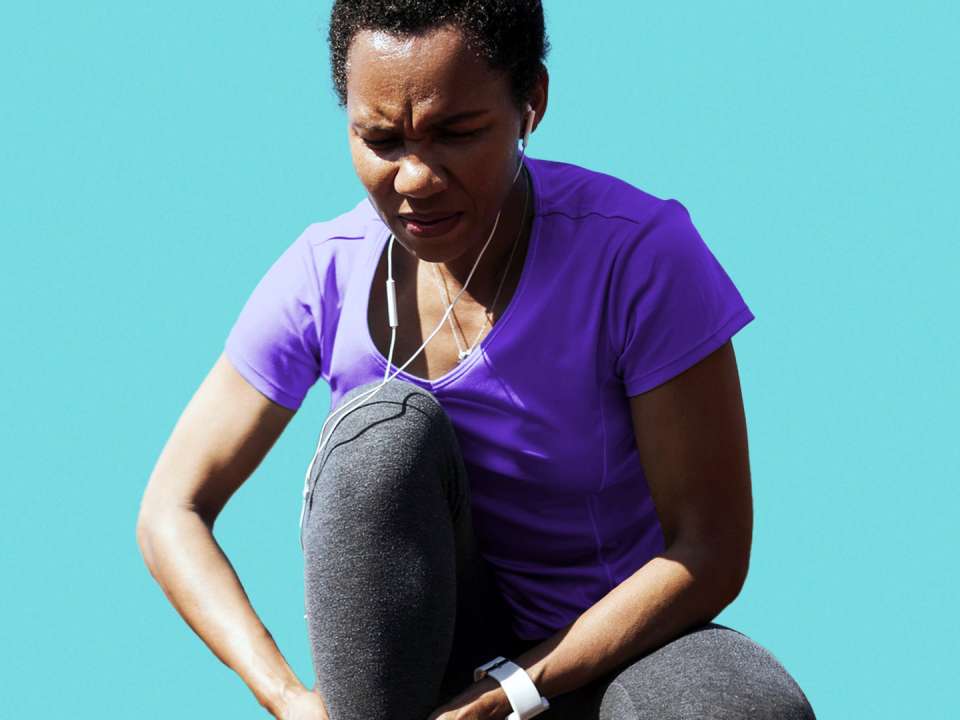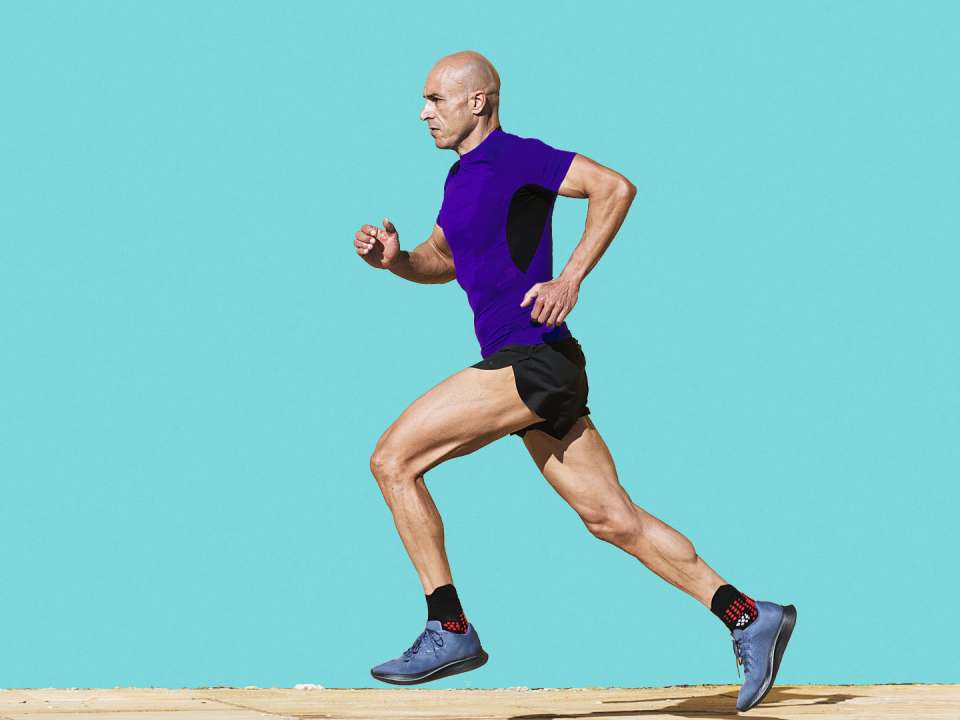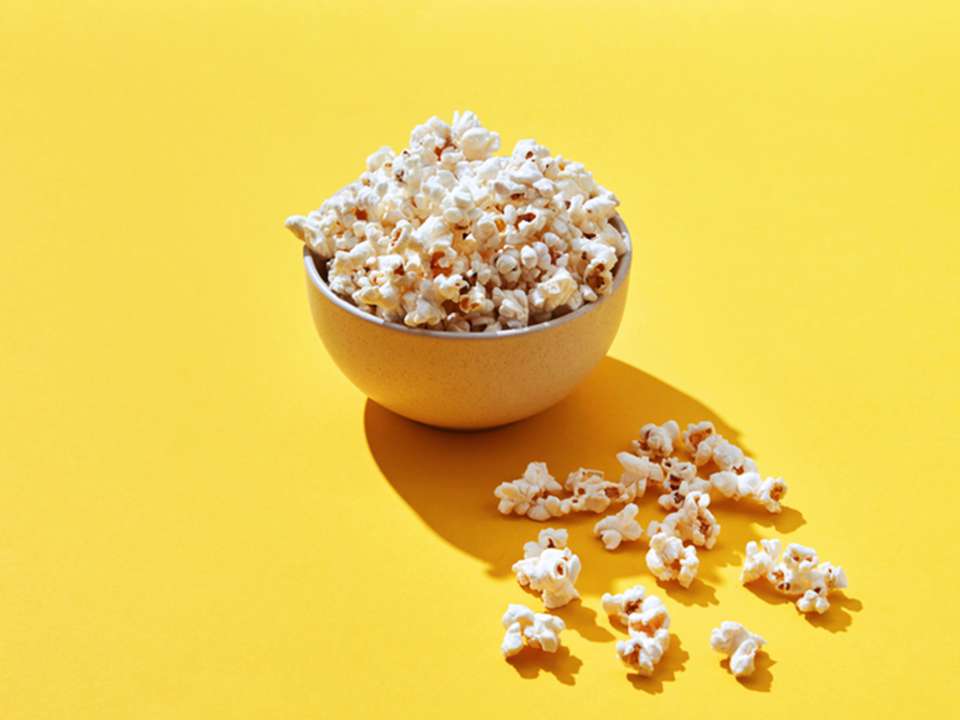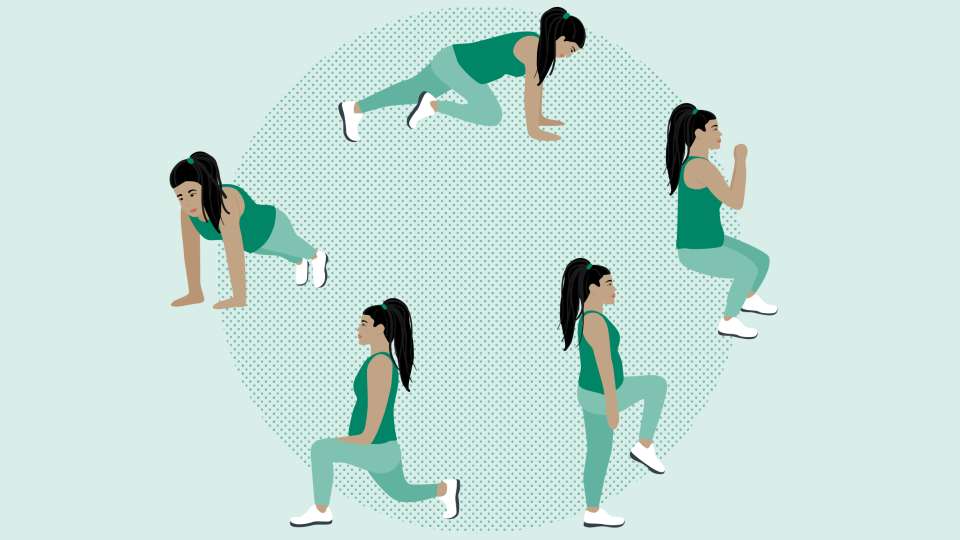
There’s no shame if you feel too busy to exercise or are just not a huge fan of working out. So, what do you do if you have the desire to begin a fitness journey but don’t have the time or don’t know where to begin?
One solution: start small.
Use quick workouts to build a fitness habit
Consistently exercising for an hour or more several days a week is a time commitment. It can be hard to know what to do if you’re just starting your fitness routine. Luckily, quick workouts can be effective ways to get moving without sacrificing a big chunk of your schedule.
Short workouts can be a good start for people who are new to exercising or don’t like exercising, and ideal for those who find it challenging to make time for exercise in their busy schedules.
“People are more likely to stick with shorter workouts, and they can be built into a routine more easily,” says Dr. Sean Matsuwaka, a sports medicine and interventional spine doctor at the University of Washington Medical Center — Northwest.
Yes, a quick workout generally won’t be as effective as longer workouts at the same level of intensity. However, Matsuwaka says quick workouts can be more time-efficient and are better than not doing exercise at all. Short workouts performed at very high intensities and maximal effort can be more effective than longer workouts at low-to-moderate intensities.
He describes a high-intensity workout as one where you get your heart rate up near its maximum rate while exercising. Short, intense workouts (think: tougher reps over a shorter period) can be better than longer, moderate-intensity workouts (think: easier or more manageable reps over a longer period) to improve cardiovascular fitness.
A well-rounded exercise routine
Ideally, you should try to incorporate cardiovascular exercises and weight training into your fitness routine. It doesn’t need to be on the same day, but it can if that works best for you. This could look like:
- Cardiovascular workouts: These are exercises like walking, running, jumping rope or group alternatives like a step class or boot camps. These workouts involve strengthening the heart and respiratory system and getting the heart to pump harder and faster. These workouts tend to burn more calories and improve endurance.
- Strength training: These are exercises like weight training, Pilates or barre. These workouts don’t necessarily involve an increased heart rate, though they can. It primarily works to tire out your muscles and helps the muscle grow bigger and stronger. These workouts usually increase metabolism for a longer period and can help to maintain bone health and density.
A big takeaway here is that if you’re looking to have effective mini workouts instead of a long gym session, the results will come from the level of intensity at which you exercise. You don’t have to worry about jumping in and immediately trying high-intensity exercises; instead, keep in mind that you’ll want to build yourself up. This is especially important to protect yourself from injury.
“Start at what feels like 50% of your maximal effort and increase by 10% each session,” says Matsuwaka. “Listen to your body. If you experience a lot of pain the next day, you may need to scale back. Ensure you’re doing the exercises with good form to reduce the risk of injury.”
He suggests working with a physical therapist or personal trainer to learn the proper form before doing it on your own, or you can learn them on your own by watching instructional videos. (Try YouTube or a fitness app.)
Quick workouts to add to your fitness routine
If you’re ready to start, first thing’s first — you need to warm up.
With a quick workout, you don’t need a long warmup, just a quick minute or two to increase your heart rate and blood flow before you get started. A brisk walk, a light jog or some yoga stretches are good ways to warm up.
After your body feels ready to start, Matsuwaka recommends these quick workouts:
-
You can do sprints on a track or treadmill or while on an exercise bike. Sprint for 15-30 seconds, followed by 30-60 seconds of rest. Repeat this sprint three times.
-
Circuit training, which includes jumping jacks, body-weight squats, high knees or running in place, pushups, lunges, burpees, abdominal crunches and mountain climbers. Try 20 seconds of exercises followed by 10-20 seconds of rest.
-
If you’re ready to modify the circuit training exercises, add equipment such as resistance bands, kettlebells or dumbbells. If you have less time available and need a shorter workout, try a focused workout that only targets the upper body, lower body or core.
Try to do these exercises at least three times a week or up to five times a week for maximum effect.
These exercises can be done with other exercises that are longer in duration but require less effort, such as walking or jogging. You can add weightlifting, too, if you have the resources.
After you’ve finished your workout, don’t forget to set aside a minute for a quick cool down. This can be like your warmup, such as doing some stretches.
And because everyone’s situation is different, it might take some time to determine which set of exercises feels best for your body. But when you do, you’ll be well on your way to building a new, healthy routine — without losing hours of your week.

 Healthy ideas for your inbox
Healthy ideas for your inbox
